Follow these directions for how to get rid of a stye and heal faster, courtesy of four eye health experts—plus, when to see a doctor.
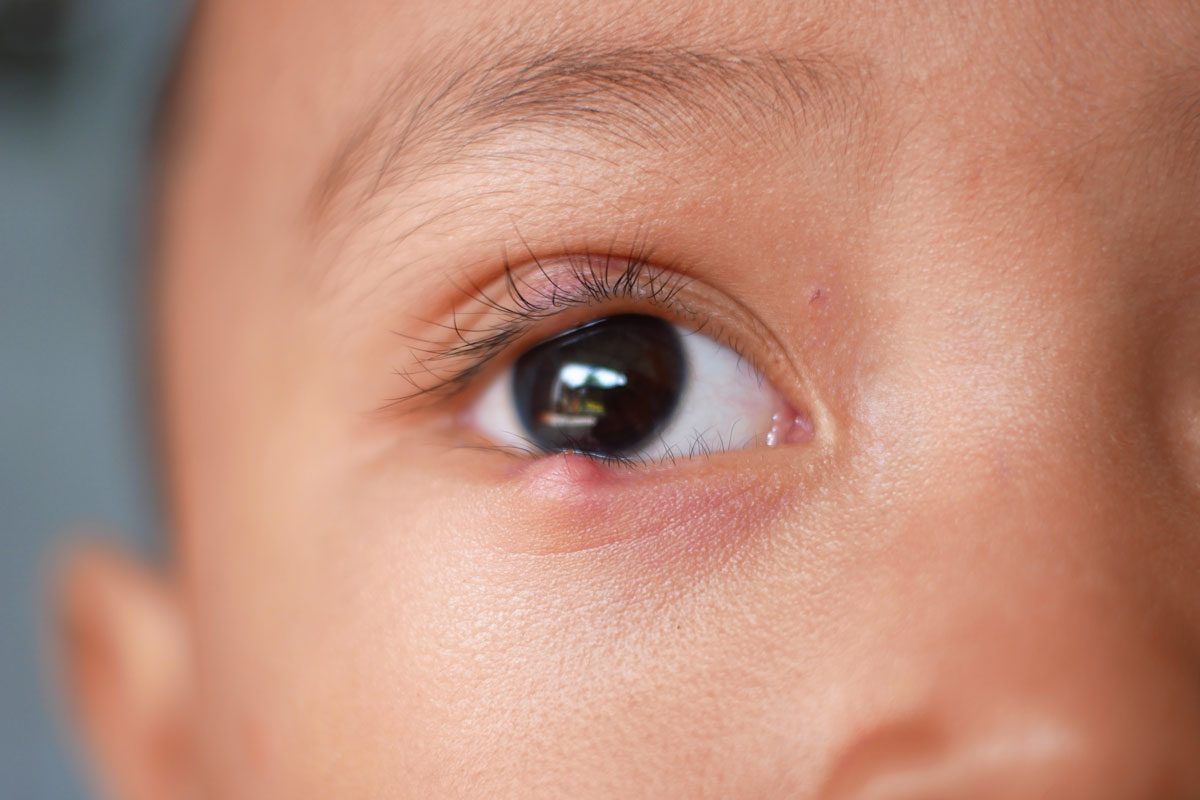
How To Get Rid of a Stye—the Right Way, According to Expert Eye Doctors

About the experts
|
Highlights
|
Feel like there’s something in your eye? It might be a stye—and while there’s no trick for how to get rid of a stye immediately, starting care right away can offer significant relief and speed up healing, according to experts.
“A stye is essentially a pimple of the eyelid,” explains Reza Vagefi, MD, Chair of Ophthalmology and Director of the New England Eye Center at Tufts Medical Center. And like pimples elsewhere on the body, styes are very common. Still, because of their sensitive location—right around your eyelid—even a small stye can be extremely uncomfortable, tender, and distracting.
Fortunately, the majority of styes can be successfully treated at home, Dr. Vagefi says. “Typically, in one or two weeks, the stye will resolve, but it may take longer to totally disappear.” While less common, it is possible to develop a secondary infection of a stye. “In those instances, you will experience much more pain than just a tender nodule.”
That’s why treating a stye early is important to avoid potential complications. But prevention is an even safer bet, according to experts. Below, eye doctors explain how to get rid of a stye and share best practices to keep these eye pimples from coming back.
What is a stye? Doctors explain.
A stye is a clogged oil gland around the eyelids, says Yuna Rapoport, MD, MPH, founder of Manhattan Eye and an assistant clinical professor of ophthalmology at Mount Sinai in New York City. Our eyelids are lined with a row of oil glands right behind our eyelashes called meibomian glands. There are around 25 to 40 of these glands in the upper lid and 20 to 30 in the lower lid, Dr. Rapoport says.
“When one of these oil glands becomes clogged, secretions back up and can result in a stye,” Dr. Vagefi says. This results in a visible, red bump with symptoms such as:
- Eyelid swelling and discomfort
- A gritty, scratchy feeling like something is in your eye
- Soreness, tenderness, and itchiness
But styes don’t necessarily indicate infection—they’re caused by inflammation of the eyelid, he explains. “As the oils build up behind the blockage, your body mounts an inflammatory response against them that typically manifests as a red, tender nodule of the eyelid,” he explains. “They, therefore, cannot be transferred to another eyelid or to other people.”
However, you can develop multiple styes at the same time because the problem of thickened oil secretions affects all the eyelids. It’s also possible for the bacteria that gets trapped in the oil glands to cause an infection. “Pain may be a sign of infection,” Dr. Vagefi says. “Pus from the eyelid or redness or discharge from the eye can also be a sign of infection.”
According to the Cleveland Clinic, you can get a stye on the outer part of your eyelid (which is more common) or on your inner eyelid, facing your eyeball. They’re both treated the same way.
How to get rid of a stye at home
Because a stye is usually a result of inflammation, many cases can be treated safely at home, Dr. Vagefi says.
But styes are typically mildly tender, he explains. If you do experience significant eyelid pain or symptoms like discharge, you can continue home care but should see your doctor to treat a possible infection. “If not treated in time, many styes can scar permanently and not go away,” Dr. Rapoport says.
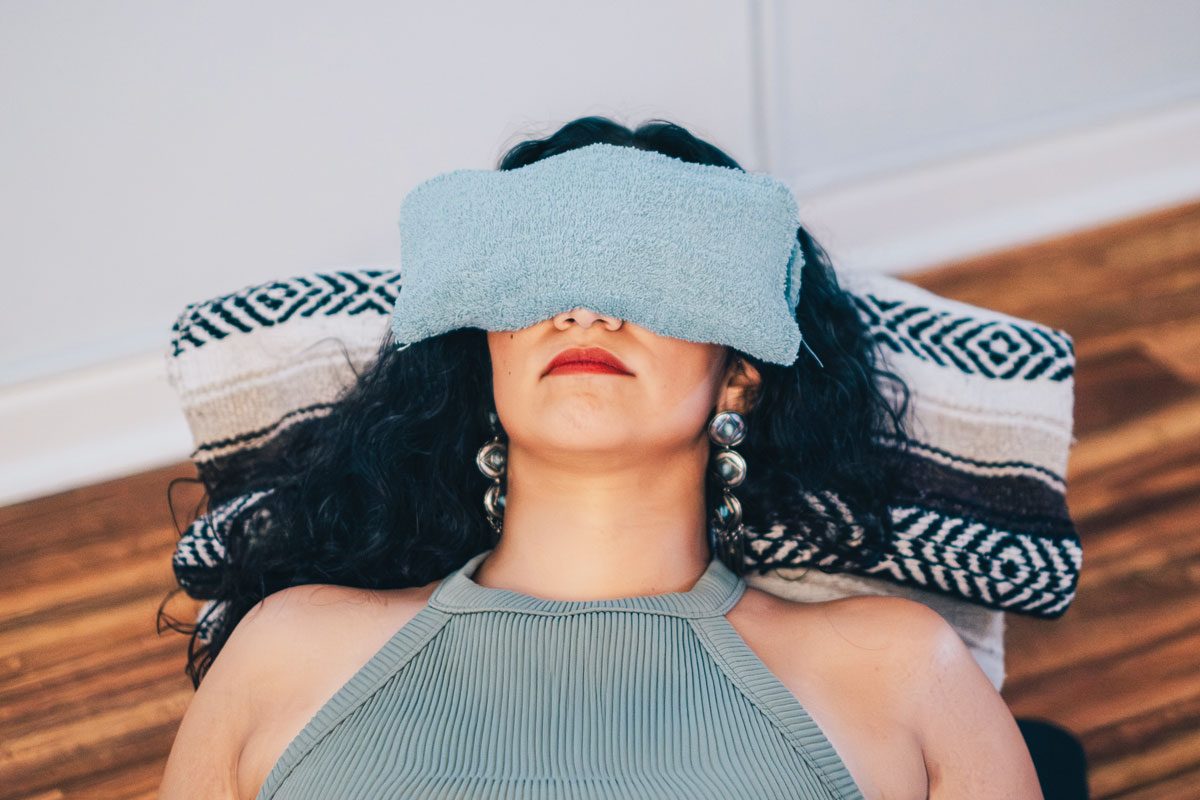
Start using warm compresses
“Start warm compresses [as soon as] you think you may have a stye,” says optometrist Randy McLaughlin, OD, at the Ohio State University Wexner Medical Center. “You should use warm compresses as hot as the eyelid can stand for five to ten minutes at a time, four times a day.”
Warm compresses are thought to work in two ways, Dr. Vagefi explains. “They dilate the pore of the clogged oil gland and allow the secretions to begin flowing back through the gland,” he says. “They also soften the thickened oil secretions within the gland, allowing the oils to be mobilized again.”
You could use an eye mask, bean bag, or gel pack that can be warmed up in the microwave, Dr. Vagefi says. “If a microwave is not available, a clean washcloth with warm water can be applied,” but that will cool off faster and need more frequent application. That’s why Dr. Rapoport suggests boiling an egg or potato and wrapping it in a towel if you don’t have a product like an eye mask on hand, as they’ll hold onto heat in a similar way.
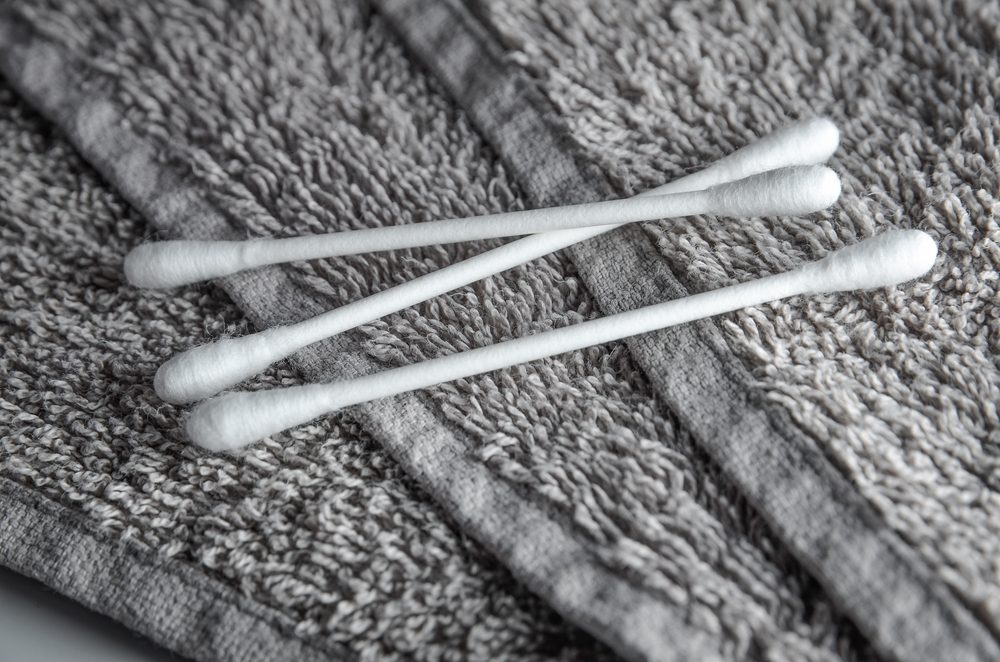
Keep your eyelid clean
Cleaning your eyelid regularly can help reduce the amount of bacteria and help speed healing, according to Dr. McLaughlin. He suggests cleaning the affected areas with a Q-tip and a small amount of baby shampoo, which won’t irritate your eyes.
It’s a good idea to give your eyes a deep clean following a warm compress, too. This is because the warmth loosens trapped oil—making it easier to wipe away—and can ease discomfort to “prep” for cleaning. Dr. Rapoport tells her patients to use a foamy product like OCuSOFT or Daily Practice on a cotton pad to wash off the eyelids from the inner to the outer corner. “If patients want to be extra diligent, I recommend putting the foam on a Q-tip and rubbing the upper and lower lid separately to clean off the eyelids.”
And while it’s tempting to try and cover up the red puffiness that can come with a stye, avoid using eye makeup until it heals. Ingredients in makeup can irritate your eye’s delicate pores—delaying healing—or cause glands to get more clogged up and possibly infected.

Don’t wear your contacts
“It is generally recommended to avoid contact lens use during the acute phase of a stye,” Dr. Vagefi says. The eyelid inflammation from a stye can make it hard to place your contacts, so switching back to your glasses until the stye is healed can reduce discomfort and the risk of further irritation. It is also possible for your vision to blur when warm compresses are used because the released oil secretions can coat the contact lens, he adds.
However, “there is an incorrect notion that you can spread [styes] to other eyelids, including during contact application,” Dr. Vagefi says. “This is not the case.” Still, it’s recommended to thoroughly clean your lenses and lens case—and, if possible, switch to new lenses—to prevent introducing new bacteria into your healing eye.

Don’t try to pop it
A stye kind of looks like a pimple, so it can be all too tempting to see if you can squeeze pus out of it. But that’s definitely not how to get rid of a stye—and it could lead to complications, increasing the time it takes to heal and causing a secondary skin infection that could require prescription antibiotics to clear up.

Take over-the-counter meds for the pain
They might not help your stye heal faster, but taking an over-the-counter pain reliever could help make the time it takes to heal a whole lot less irritating for you. The best over-the-counter medications to treat the pain are ibuprofen or acetaminophen, according to Benjamin Bert, MD, an ophthalmologist at Ronald Reagan UCLA Medical Center.
As the pressure in the stye is relieved, some pain will be alleviated.
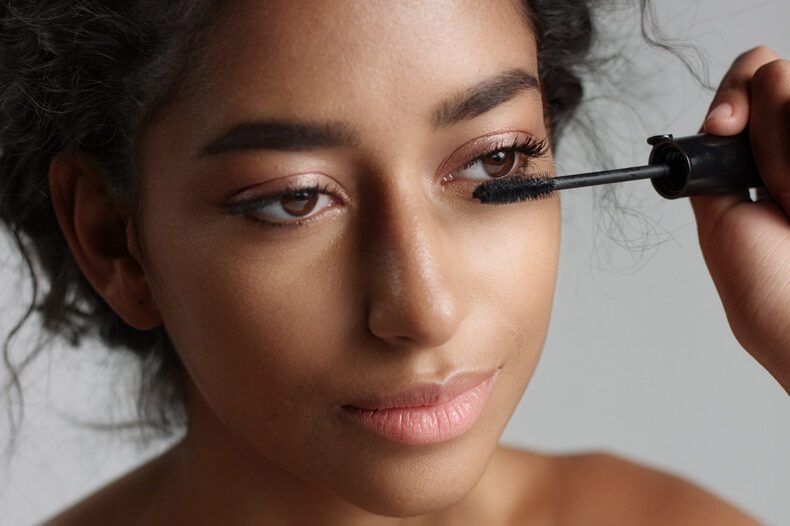
Toss out your eye makeup
Unfortunately, if you’ve used your mascara or eyeliner in the days leading up to the stye, it’s probably time to toss that item and pick up a new one.
“It is possible that the makeup is contaminated with bacteria that can cause another stye,” warns Dr. Bert. “It is also possible that the makeup itself is blocking the opening to the oil glands in the eyelid, which can also cause a non-infectious stye to form.”
Do yourself a favor and toss the eye makeup you were using pre-stye so you don’t risk another infection. (And for the future, know how to clean makeup tools effectively.)
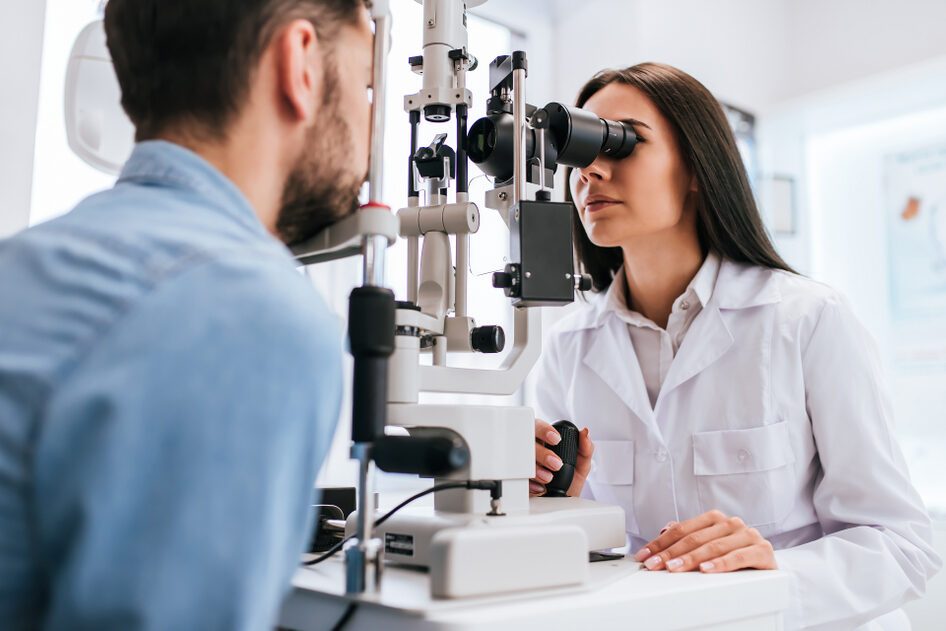
When to see a doctor
Dr. Vagefi says if you have signs of an infected stye, it’s time to head to the doctor. These symptoms can include:
- Persistent pain
- Pus or discharge from the eye
- Eyelid redness that won’t go away or is spreading
- Any change in vision
The Cleveland Clinic recommends waiting no more than 48 hours before seeking medical attention if you’re experiencing these symptoms and self-care isn’t helping. However, vision changes or any worsening of your symptoms should prompt a visit even sooner.
If there is an infection, your doctor may prescribe an antibiotic to help resolve it, Dr. Vagefi says. Styes are a very common complaint at the eye doctor’s office—and treatment is routine and safe. In fact, while home remedies can often resolve styes, medical care works faster. Remember that a stye can linger for up to a month. Even if there isn’t an infection, treatments like steroids reduce inflammation and discomfort and promote healing.
“Getting a steroid (and/or) antibiotic drop and ointment onto the stye early helps it go away sooner, and then prevents procedures such as injections or incision or drainages,” Dr. Rapoport explains. “The biggest mistake people make is waiting too long to seek treatment,” Dr. McLaughlin adds.
But while styes are generally harmless, sometimes they’re just stubborn.
“Another reason to see your ophthalmologist is for a stye that does not go away after four weeks of warm compresses,” Dr. Vagefi says. “Your physician can determine if the inflammation of the eyelid has become more chronic in nature and benefit from a steroid injection or excision (removal) of the stye.” There is also the remote possibility that your eye doctor may recommend a biopsy to ensure that the stye is not the presenting sign of eyelid cancer (sebaceous cell carcinoma), he adds.

How to prevent a stye
“Because styes are hard to remove once they are present, I believe the best practices are actually for prevention,” Dr. Rapoport says. Some people are simply more prone to getting styes, according to 2024 article published in StatPearls, including:
- Women, due to makeup use and hormonal fluctuations that affect oil production
- People with rosacea, as the chronic condition affects the meibomian glands’ function
- People with diabetes, which impairs the immune system response
- Older people, due to age-related changes in gland function and tear production
- Contact lens wearers
- People with eye conditions that affect its oil glands, such as blepharitis, meibomian gland dysfunction, or dry eye disease
Stress also predisposes people to getting styes, per the research.
Since they’re so common, “I recommend doing a warm compress every night—just for 30 seconds—nightly consistency is more important than the length of heat,” Dr. Rapoport says. Then, follow up with a simple eye-cleaning routine as recommended above. Make sure to also keep your hands, contact lenses, and anything else that touches your eye clean, advises Dr. McLaughlin.
Also, swap out your makeup regularly, don’t share it with others, and wash it off thoroughly. Poor eye makeup removal encourages stye-promoting bacterial growth, according to the StatPearls research.
Still, your eye doctor is an important part of stye prevention, especially if you get them regularly. “We can see how clogged your meibomian glands are, perform an imaging test called meibography to see the extent of damage of the meibomian glands, and if they have atrophied and died,” Dr. Rapoport says.
“We can also look for collarettes (waxy deposits) at the foot of the lashes under the microscope, which means that the patient has a condition called Demodex blepharitis.” Demodex are tiny mites that live in our skin and hair—and studies have suggested that up to 81% of people with blepharitis (one of the most common eye conditions) have an overgrowth of Demodex, an association that may be getting overlooked in patients, according to the American Academy of Ophthalmology (AAO).
The AAO says that if you get recurrent styes, your doctor should check for Demodex. “[This] is easily treated with a drop called Xdemvy for six weeks,” Dr. Rapoport says. “I like this treatment because there is a concrete start and stop to it.”
For daily wellness updates, subscribe to The Healthy by Reader’s Digest newsletter and follow The Healthy on Facebook and Instagram. Keep reading:





















